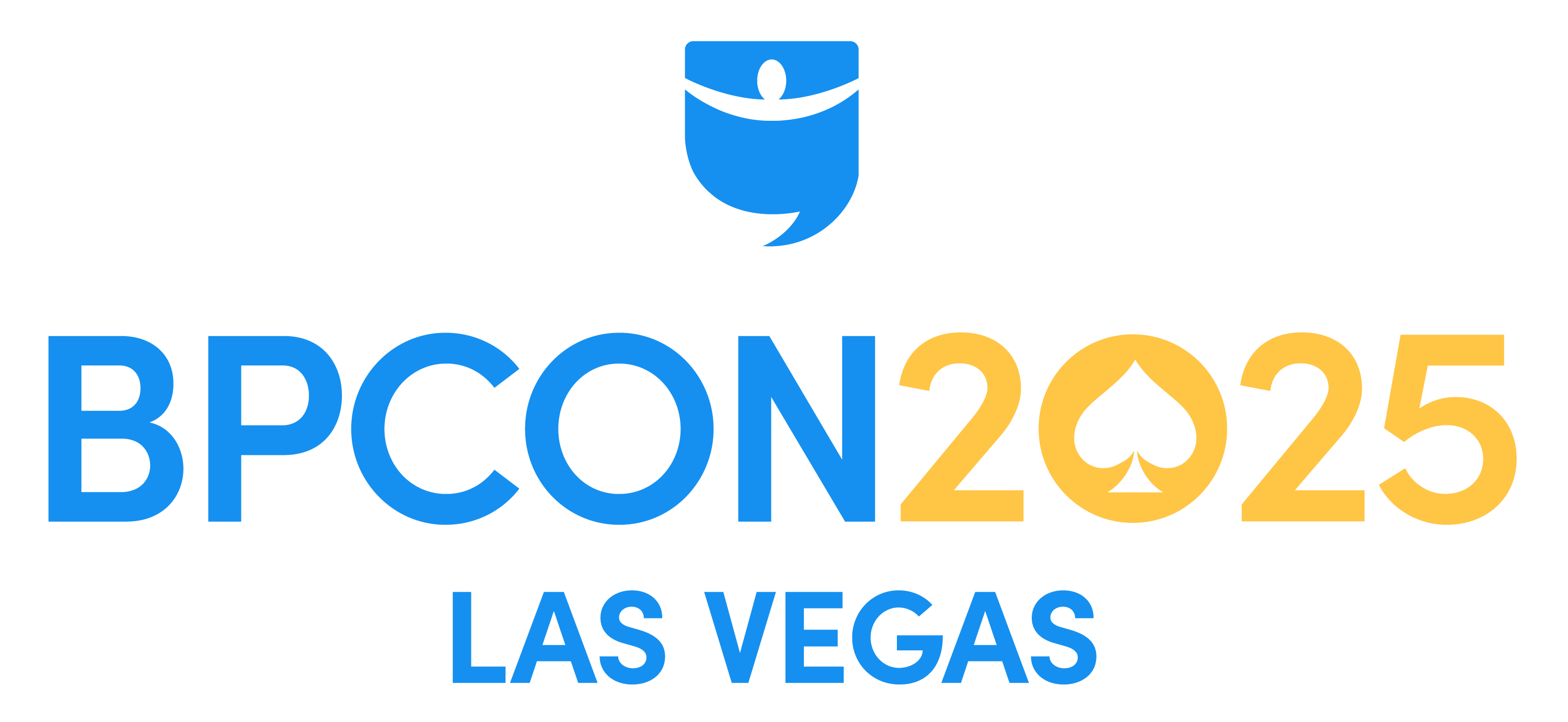Could Last Week’s Mortgage Rate Dip Be the Secret Spark That Revives a Frozen Market?
So, the July jobs report just dropped, and spoiler alert—it wasn’t the fireworks everyone was hoping for. Picture this: President Trump so blindsided by underwhelming job numbers that he fired the head of the Bureau of Labor Statistics, throwing around accusations of “rigged” data. Scandalous? Maybe. But here’s the kicker—while the headline numbers show a sluggish 73,000 new jobs added in July, savvy real estate investors might just see this rocky news as a golden ticket. What if the dip in employment is the nudge that finally pushes mortgage rates to a sweet spot for buying or refinancing? Could this be the break the housing market’s been waiting for, or just another plot twist in the rollercoaster that is the economy? Buckle up, because the real story behind the numbers might just flip your investment strategy on its head. LEARN MORE
The July jobs report, released Aug. 1, was not the news the government or the country wanted to hear. So chagrined was President Donald Trump that he fired Dr. Erika McEntarfer, the head of the U.S. Bureau of Labor Statistics (BLS), citing claims that the numbers were “rigged.” The sparse 73,000 new jobs added in July contradicted the president’s narrative of a booming economy.
Regardless of the merit of the president’s theory, for real estate investors, the low numbers are not all bad news.
An Opportunity to Buy or Refinance?
The immediate reaction to the lower-than-expected employment figures was that mortgage rates plunged to a 10-month low of 6.57%, down from 6.74% on July 28, which remained unchanged for the following week. Homeowners and investors seeking a ray of sunshine are likely considering whether to refinance their loans now or wait for further rate drops.
“There’s a lot of opportunity out there for both homebuyers and homeowners,” Alex Elezaj, chief strategy officer at United Wholesale Mortgage, told MarketWatch of the current stagnant housing market.
Understandably, the housing industry in general supports the idea of stalled buyers and sellers reentering the market. “This dip in mortgage rates gives house hunters a window of opportunity to buy before summer ends,” Daryl Fairweather, chief economist at Redfin, said in a statement. “While housing costs are still fairly high, the recent decline in rates boosts purchasing power and improves overall homebuying conditions.”
Redfin calculated that potential buyers with a monthly budget of $3,000 gained an additional $20,000 in purchasing power since May, when the daily average mortgage rate peaked at 7.08%. “Combined with the surplus of homes for sale on the market, serious buyers may want to jump in sooner rather than later,” Fairweather said.
The Start of a Larger Rate Drop
“Mortgage rates are below 6.64[%],” Logan Mohtashami, lead analyst for HousingWire, said on the Daily podcast in the wake of the jobs report. “So we are in the range of where traditionally things get better. When the rates get towards 6%, the builders get happier. In an expansion [of the housing market], permits are rising. They have been declining for a very long time.”
A less-than-stellar jobs report might be the push that Federal Reserve Chair Jerome Powell needs to lower interest rates in September to stimulate the economy. So far, the strength of the labor market has been one of the primary reasons Powell has resisted doing so. The week before the jobs report was released, Powell described the job market as “solid.”
Following the release of the new employment numbers, some Fed officials broke ranks with Powell, calling for lower interest rates. Fed governors Christopher J. Waller and Michelle W. Bowman called for a quarter-point reduction.
“Private-sector payroll growth is near stall speed, and other data suggest that the downside risks to the labor market have increased,” Waller wrote. He added that, with inflation still tame, “we should not wait until the labor market deteriorates before we cut the policy rate.”
There appears to be an overall consensus that the Fed will lower rates on Sept. 17, which in turn will likely affect mortgage rates. According to the CME FedWatch Tool, expectations favor a 9 in 10 chance of a cut in the federal funds rate from 4.25% to 4.5% down to 4% to 4.25%.
Adding wind to the rate cut sails are the fairly steady inflation numbers. The 12-month inflation rate was at 2.7%, and 2.9% excluding food and energy, to June 2025, which was within expectations. Should rates decrease in September without adverse effects, we could be in line for further rate cuts through to the end of the year.
The Plot Twist
The president has been steadily increasing the pressure on Powell to drop rates in recent months. However, the plot twist is that his tariffs, profitable as they have been, could also complicate matters. Recent inflation data suggest that tariffs have begun to impact consumer prices, potentially driving up inflation, which could prompt the Fed to reconsider a rate cut until it has a clearer indication of the economy’s direction.
Final Thoughts
Betting on rate cuts to do real estate deals over the past two years has been like standing at a blackjack table and hoping for a winning hand. It’s easy to get lost in the “will they, won’t they” drama of rate cuts.
A September rate cut is not magically going to transform the housing market and cause the cash flow faucet to open. Most analysts predict a marginal rate reduction by the end of the year, with a more substantial drop to around 6% in 2026. If that sounds familiar, that’s because it is. Ultimately, rate cuts are unreliable, and when they do occur, they tend to precipitate a surge of new buyers, which causes prices to increase, thereby nullifying the drop.
What cannot be disputed is that, over time, the housing market has always risen. Thus, if you can afford to do a deal now, don’t wait. However, if you’re buying for cash flow, you’ll need to either buy with all cash, make a large down payment, or find a heavily discounted deal.
Investors are still doing deals every day, so sitting on the sidelines is not necessarily a great strategy. What is far more critical, particularly in this unpredictable market, is ensuring that you have the liquidity to back any deal you do make, should rates remain elevated. Your peace of mind is priceless.
A Real Estate Conference Built Differently
October 5-7, 2025 | Caesars Palace, Las Vegas
For three powerful days, engage with elite real estate investors actively building wealth now. No theory. No outdated advice. No empty promises—just proven tactics from investors closing deals today. Every speaker delivers actionable strategies you can implement immediately.


















Post Comment